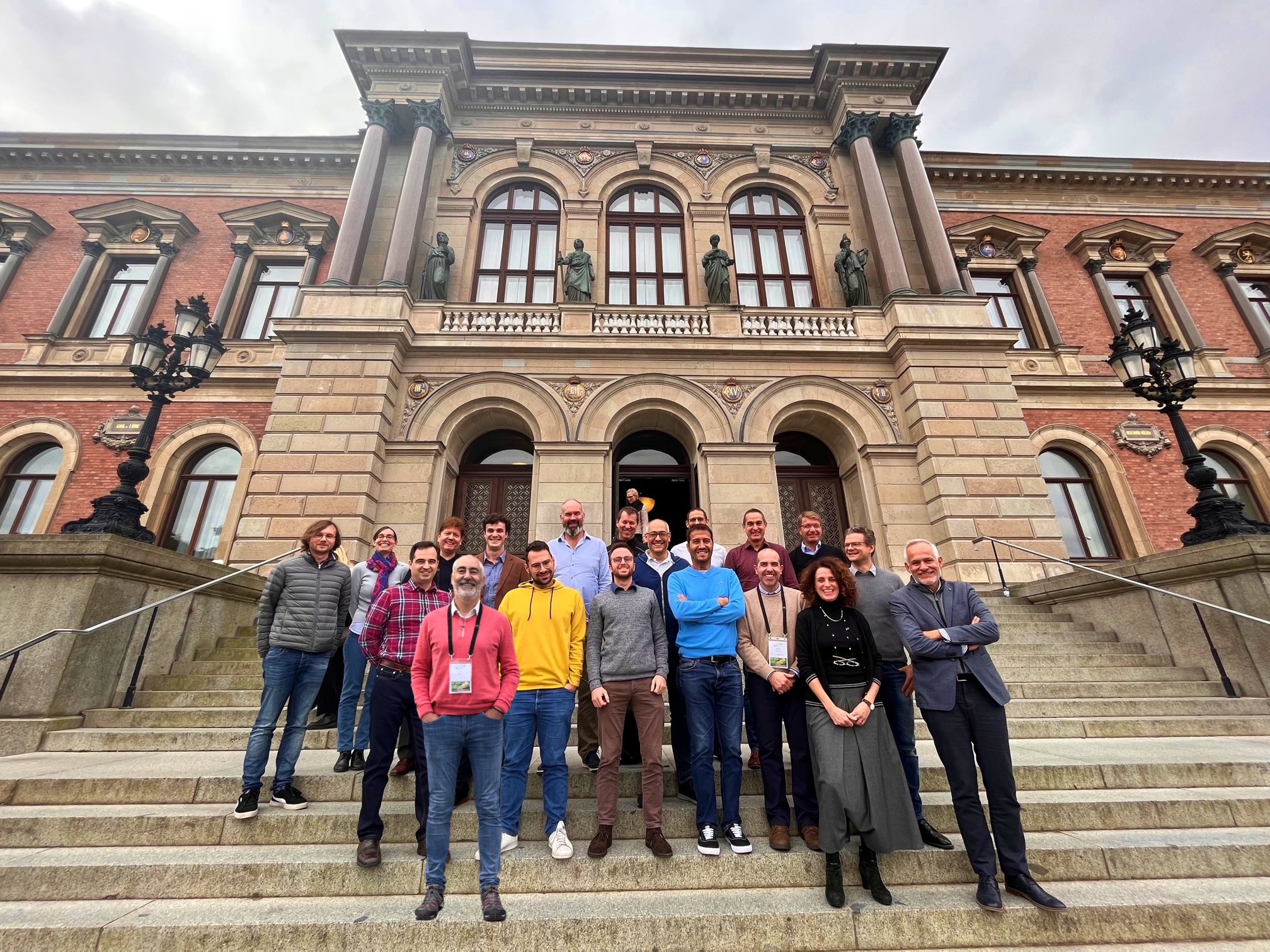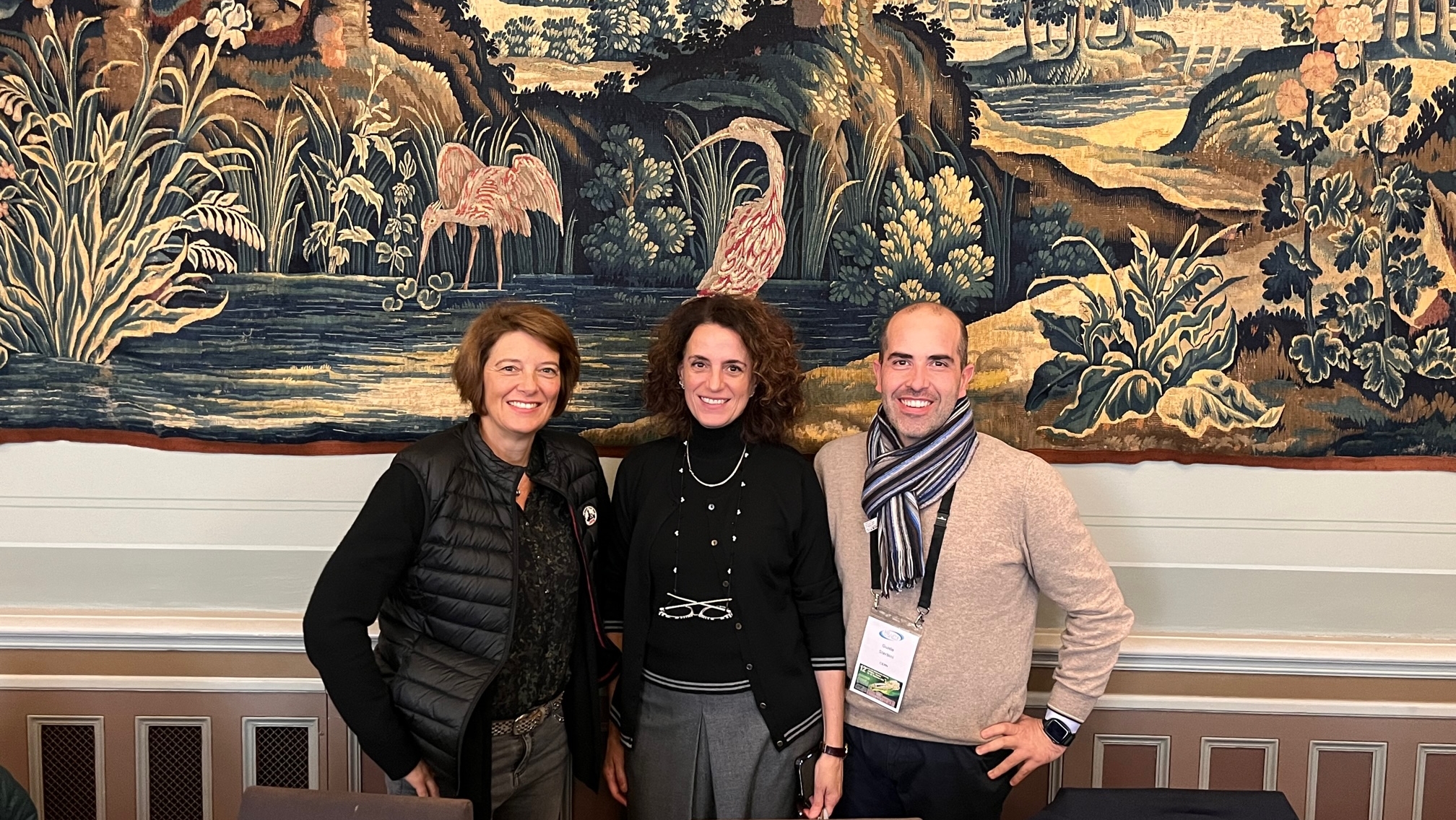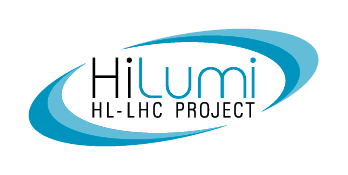The compensation of the long-range beam-beam interactions using DC wires is presently under study as an option for enhancing the machine performance in the framework of the High-Luminosity LHC Project (HL-LHC). In this respect, DC wires demonstrators embedded in collimators were installed in the LHC during Run 2 and have shown a significant reduction of beam losses during dedicated tests in 2018, even for operational machine configurations.
Following a hardware reconfiguration during the last Long Shutdown, the wires demonstrators can be routinely used in Run 3 operation to gain valuable experience in the integration of such a device in the machine beam process.
In parallel, numerical simulations predict that wire compensation can lead to a significant improvement in dynamic aperture for the baseline but also alternative HL-LHC scenarios, thereby opening the parameter space for further optimisation of the operational scenario and improved performance.
The scope of this meeting is to present the latest Run 3 experimental results, numerical simulations and predictions for Run 4, together with first results of the wire hardware short-model prototype. Building upon the existing collaboration between TRIUMF and CERN, a framework for future contributions in that particular HL-LHC option, will be further discussed and elaborated.
Linkpersons: Guido Sterbini & Adriana Rossi


